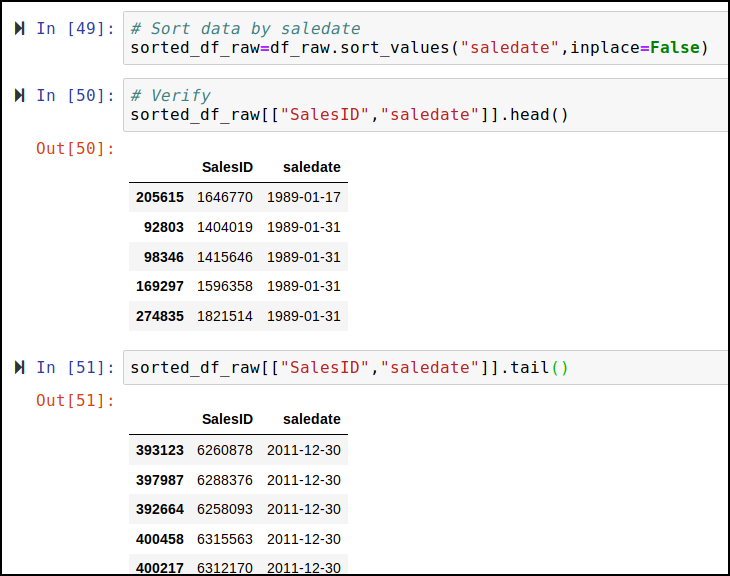Getting followin error when trying to draw the tree. any hep
draw_tree(m.estimators_[0], df_trn, precision=3)
TypeError Traceback (most recent call last)
in
----> 1 draw_tree(m.estimators_[0], df_trn, precision=3)
/var/groupon/homedirs/narjunan/fastai/courses/ml1/fastai/structured.py in draw_tree(t, df, size, ratio, precision)
29 special_characters=True, rotate=True, precision=precision)
30 IPython.display.display(graphviz.Source(re.sub(‘Tree {’,
—> 31 f’Tree {{ size={size}; ratio={ratio}’, s)))
32
33 def combine_date(years, months=1, days=1, weeks=None, hours=None, minutes=None,
~/anaconda/envs/fastai/lib/python3.6/site-packages/graphviz/files.py in init(self, source, filename, directory, format, engine, encoding)
273 def init(self, source, filename=None, directory=None,
274 format=None, engine=None, encoding=File._encoding):
–> 275 super(Source, self).init(filename, directory, format, engine, encoding)
276 self.source = source #: The verbatim DOT source code string.
277
TypeError: super(type, obj): obj must be an instance or subtype of type

